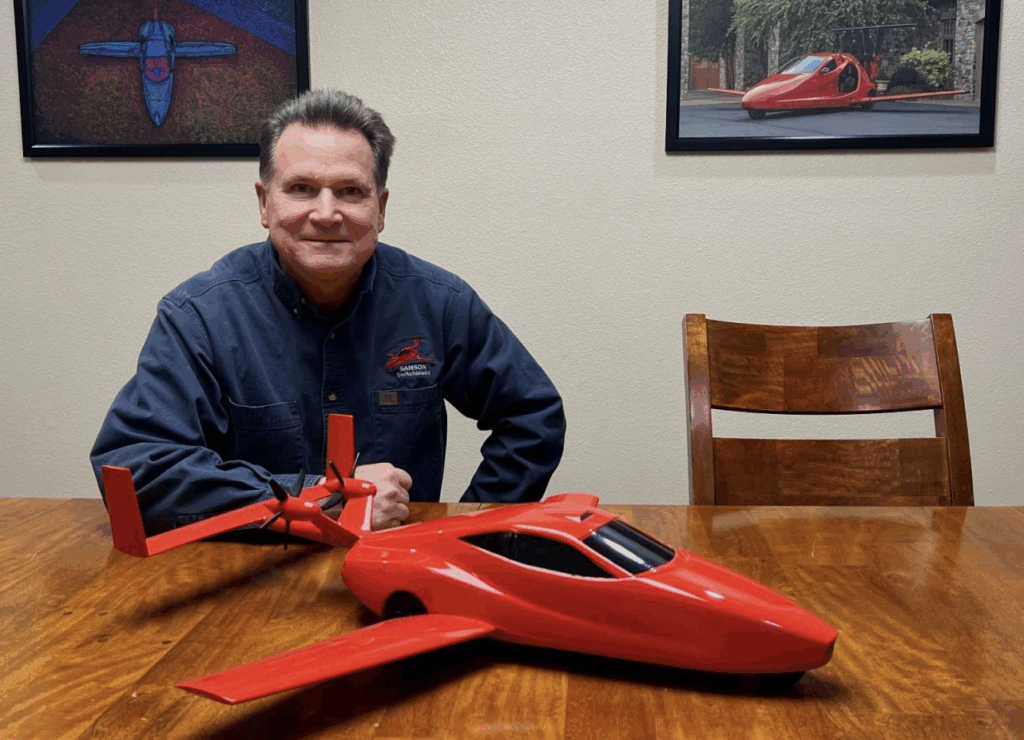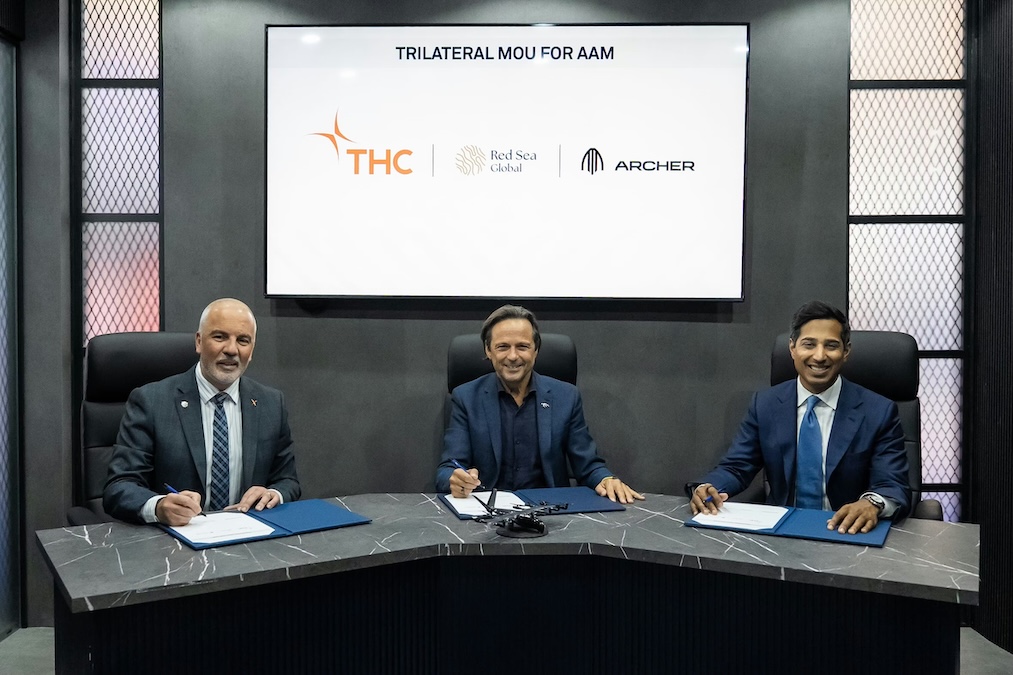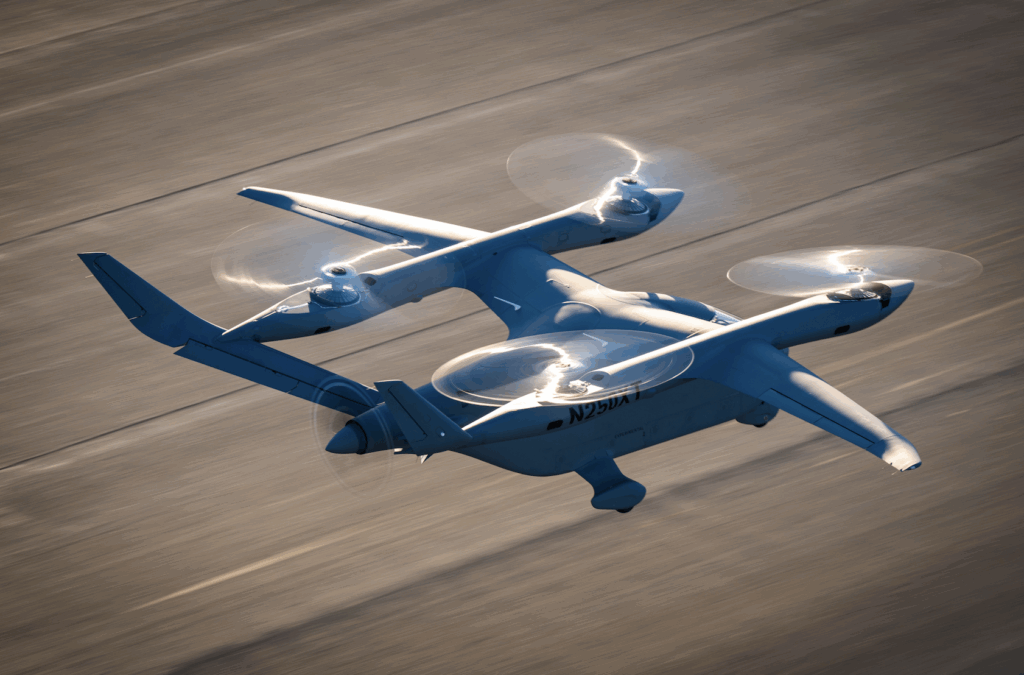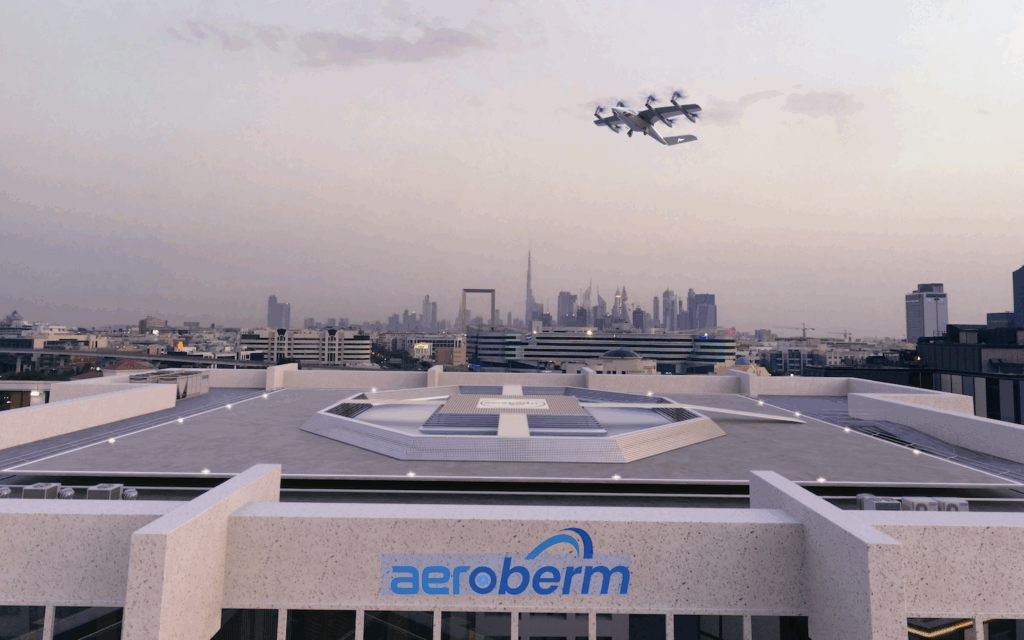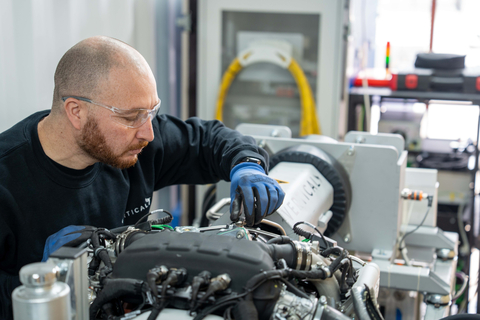
Vertical Aerospace is to develop a long-range hybrid-electric variant of its VX4 aircraft, expanding the aircraft’s mission profile to serve defense, logistics, emergency response, and other commercial markets.
With a targeted range of up to 1,000 miles and a payload capacity exceeding one metric ton, the new hybrid-electric VX4 is designed to address mission sets that current all-electric VTOLs cannot reach.
The program reflects Vertical’s strategic evolution beyond urban air mobility into broader market domains, leveraging its proprietary battery and propulsion technologies to meet the increasing global demand for flexible, resilient aerial systems. This hybrid initiative builds on the momentum of the company’s Flightpath 2030 roadmap and the all-electric VX4, positioning Vertical as a leading force in the next generation of sustainable aviation.
The hybrid-electric VX4 will integrate a second-generation propulsion system currently under development at Vertical’s purpose-built Vertical Energy Centre, where engineers have spent 18 months advancing proprietary battery and control technologies. This system will be retrofitted into a full-scale VX4 prototype, with flight testing expected to begin in Q2 2026.
Stuart Simpson, CEO of Vertical Aerospace, said, “The demand for long-range, high-payload, quiet aircraft is growing rapidly – especially across defense and critical logistics. Our hybrid-electric VTOL strategy builds on our existing electric platform, world-class battery technology and large, versatile airframe, allowing us to offer uniquely scalable solutions that unlock a new frontier in air mobility and revenue stream for Vertical.”
Targeted capabilities include:
- Range: Up to 1,000 miles – ten times that of the all-electric VX4.
- Payload: Configurable for up to 1,100kg, maximizing the platform’s large airframe design.
- Low acoustic and thermal signatures: Enhancing stealth for sensitive or defense-oriented missions.
- Flexible deployment modes: Supports piloted, remote, or fully autonomous operation. Uncrewed capabilities will integrate with the advanced Honeywell-developed flight control system.
- Mission resilience: Built on the VX4’s industry-leading redundancy, fault tolerance, and safety architecture, optimized for mission-critical operations.
Vertical’s hybrid-electric system is anchored by its proprietary battery platform, which delivers the power density and reliability needed for extended missions. Bench testing has already validated seamless integration between the hybrid power unit and battery through advanced control algorithms, confirming safety and redundancy requirements in line with EASA and UK CAA regulations.
Crucially, the VX4’s large and adaptable airframe allows for hybrid system integration without requiring fundamental design changes, preserving aerodynamic performance while enabling significant payload and endurance upgrades. This modularity is key to supporting a range of missions—from cargo logistics to medevac and ISR (intelligence, surveillance, reconnaissance).
Vertical Aerospace is uniquely positioned within Europe as the sole remaining credible eVTOL OEM, giving it a critical role in the continent’s pursuit of sovereign air mobility and defense capabilities. As European governments increase investment in dual-use technologies and industrial resilience, Vertical’s hybrid-electric VX4 offers a viable path to meet emerging requirements for long-range, low-signature aerial platforms.
The company is already engaged in active discussions with defense agencies and government stakeholders across the region, highlighting the hybrid VX4’s potential for rapid response, forward deployment, and unmanned missions—all while maintaining low environmental impact.
Vertical’s hybrid-electric development runs in parallel with its commitment to the all-electric VX4, which remains on track for Type Certification in the UK and Europe by 2028, followed by global regulatory validation. The hybrid variant extends the VX4 platform’s reach and use case versatility, broadening Vertical’s commercial and defense market footprint without compromising its zero-emissions vision for urban air mobility.



